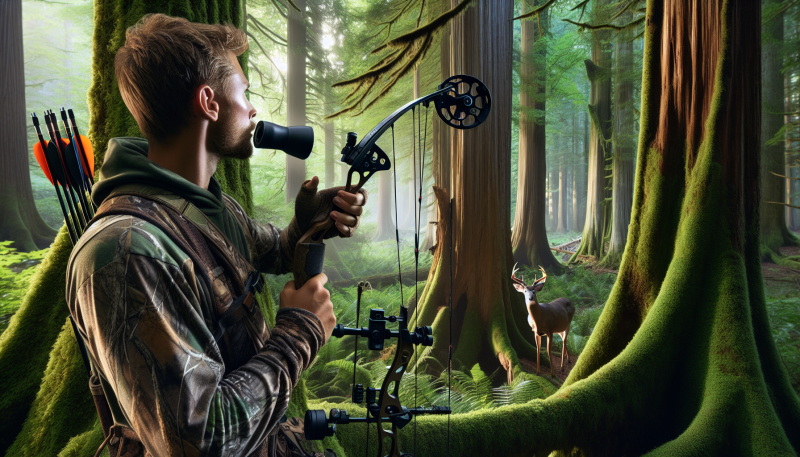When it comes to choosing the right fishing reel, there are several different types to consider. Each type of reel has its own unique advantages and disadvantages, so it's important to understand the differences before making a decision.
One of the most common types of fishing reels is the spinning reel. Spinning reels are versatile and easy to use, making them a great choice for beginners. They are also lightweight and compact, making them easy to transport. However, spinning reels can be prone to line twists and tangles, so they may not be the best choice for more experienced anglers.
Baitcasting reels are another popular option, especially among more experienced anglers. Baitcasting reels offer more control and accuracy when casting, which can be crucial when targeting larger fish. However, baitcasting reels can be more difficult to use and may require some practice to master.
Finally, there are also fly reels, which are specifically designed for fly fishing. Fly reels are typically larger and heavier than spinning or baitcasting reels, but they are essential for effectively casting and managing the line while fly fishing. Each type of reel has its own strengths and weaknesses, so it's important to choose the right reel for your skill level and fishing style.
Features to consider when buying
When it comes to choosing the right fishing reel, there are several key features to consider that can greatly impact your overall fishing experience. One important factor to keep in mind is the gear ratio of the reel. The gear ratio determines how many times the spool will rotate with each turn of the handle. A higher gear ratio, such as 7:1, means the spool will rotate more times per handle turn, making it ideal for fast retrieval of lures.
Another crucial feature to consider is the type of drag system the reel has. Drag systems control the amount of resistance a fish feels when they are hooked, allowing you to tire them out without breaking your line. There are two main types of drag systems - front drag and rear drag. Front drag systems are typically more durable and offer smoother performance, making them ideal for larger fish and saltwater fishing.
The material the reel is made of is also important to consider. Most reels are made of either aluminum or graphite. Aluminum reels are known for their durability and strength, while graphite reels are lighter and more corrosion-resistant. Each material has its own advantages, so it's important to think about what type of fishing you'll be doing most often when making your decision. Other features to consider include the size and weight of the reel, as well as the number of bearings it has. All of these factors can impact the overall performance and comfort of your fishing experience, so be sure to take them into consideration when choosing a fishing reel.
Maintenance tips for fishing reels
Keeping your fishing reels clean and well-lubricated is crucial for maintaining their performance and longevity. After each fishing trip, make sure to rinse off any saltwater or dirt that may have accumulated on the reel. Use a soft cloth to dry it off thoroughly before applying a small amount of reel oil or grease to the moving parts. This will help prevent corrosion and ensure smooth operation.
Inspect for wear and tear
It's important to regularly inspect your fishing reels for any signs of wear and tear. Check the drag system, handle, and bail for any visible damage or excessive wear. Replace any worn parts immediately to prevent further damage and ensure that your reel functions properly. Regular maintenance can help extend the life of your fishing reels and prevent costly repairs in the future.
Store your fishing reels properly
Proper storage is key to maintaining the condition of your fishing reels. When not in use, store your reels in a cool, dry place away from direct sunlight and humidity. Make sure to loosen the drag to relieve pressure on the internal components and prevent warping. Store your reels in a reel case or protective cover to prevent dust and debris from accumulating. By taking care of your fishing reels when they are not in use, you can ensure they are ready for your next fishing adventure.
Tips for using fishing reels efficiently
Before you can effectively use a fishing reel, you need to understand the various types available and their intended uses. Spinning reels, baitcasting reels, and spincast reels all have their own strengths and weaknesses. Take the time to learn about each type and choose the one that best suits your fishing style and preferences.
2. Match your reel to your rod
One of the most important aspects of using a fishing reel efficiently is ensuring that it is properly matched to your rod. The weight and action of your rod should complement the reel you are using for optimal performance. A mismatched rod and reel can result in decreased casting distance, less control over your line, and ultimately a less successful fishing trip.
3. Practice proper casting techniques
To get the most out of your fishing reel, it is essential to practice proper casting techniques. This includes using the correct amount of force when casting, feathering the line with your finger to prevent backlash, and adjusting the tension on your reel as needed. By honing your casting skills, you will be able to cast further, more accurately, and with less effort.

